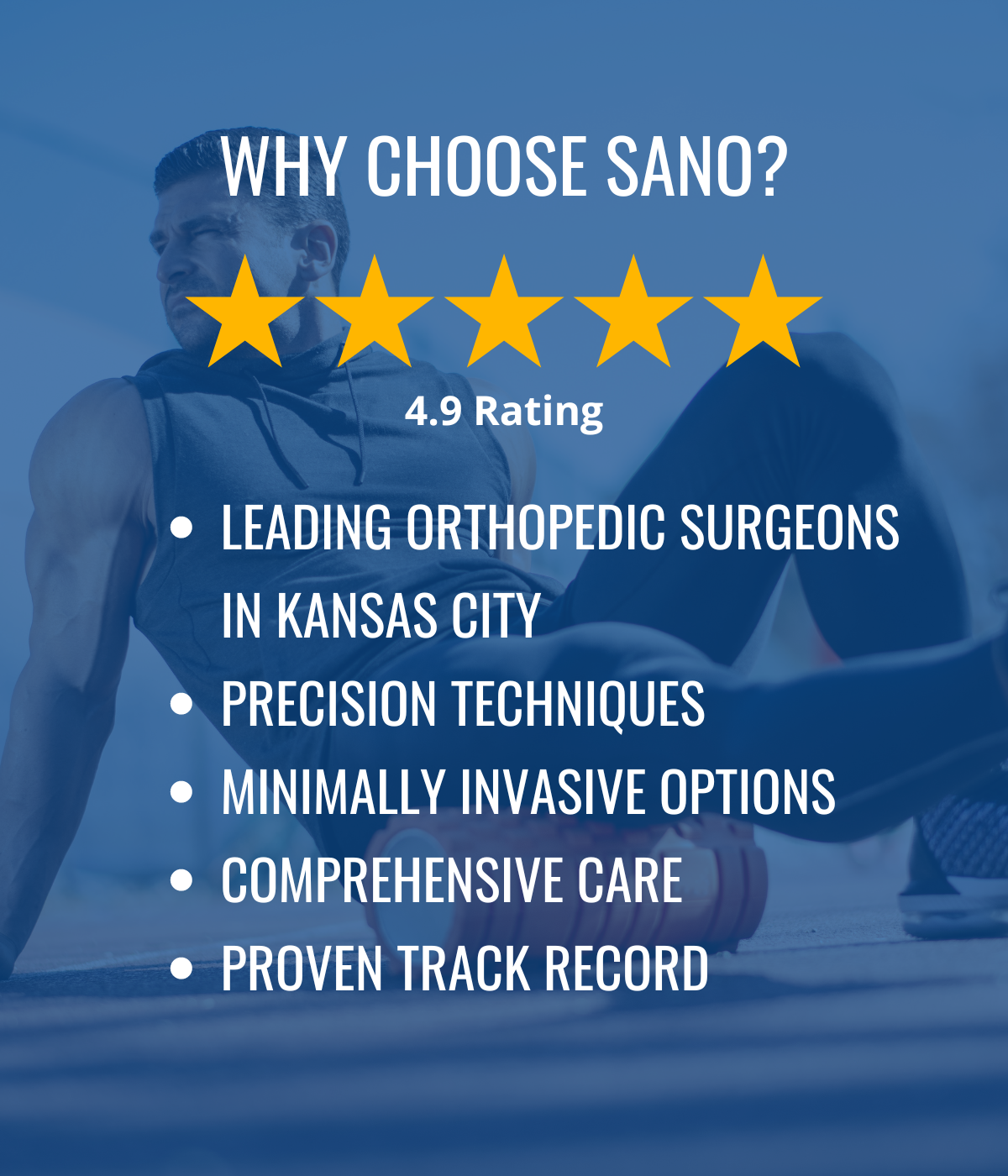Advanced Care for a More Active You
Joint Replacement
Total joint replacement is a surgical procedure in which the bone surfaces of a joint are replaced with durable synthetic materials, such as plastic or metal, to reduce bone-on-bone friction, thereby relieving pain and restoring mobility. When conservative treatment fails to relieve pain and improve the range of motion, joint replacement surgery may be pursued. Each patient is unique, and it is important to talk to your orthopedic provider about the reason for your pain so you can discuss all available treatment options.

WHAT WE TREAT
Restoring Mobility for:
Procedures:
Total joint replacement (total arthroplasty): During a total joint replacement, your surgeon will replace all the parts of your joint with a prosthetic joint.
Partial joint replacement (partial arthroplasty): A partial joint replacement is just what it sounds like. Your surgeon will replace only some parts of your joint. Some healthcare providers sometimes refer to this as joint resurfacing.

Knee Replacement
Arthritis is the most common reason for knee replacement surgery to be performed. For those with severe joint deterioration in their knees, everyday life can be a struggle. Chronic pain from damaged knee cartilage can make walking, climbing stairs or even standing difficult.
Knee replacement surgery may be necessary when medication and physical therapy fail to relieve knee pain and improve range of motion.
ROBOTIC-ASSISTED KNEE REPLACEMENTS
Robotic Knee Surgery is an alternative to traditional knee replacement surgery. The new robotic knee procedure uses robotic arm technology to assist the surgeon in performing a total knee replacement.


HIP REPLACEMENT
Total hip replacement is an advanced and effective orthopedic procedure. It treats various hip conditions and injuries that cause pain and decrease hip function and quality of life.
SHOULDER REPLACEMENT
A shoulder replacement, or shoulder arthroplasty, is a procedure that tries to eliminate the source of pain and dysfunction by replacing damaged parts of the shoulder joint with artificial components. The artificial joint, which is also called a prosthesis, is designed to move like a regular, healthy joint so your shoulder can function normally again.














